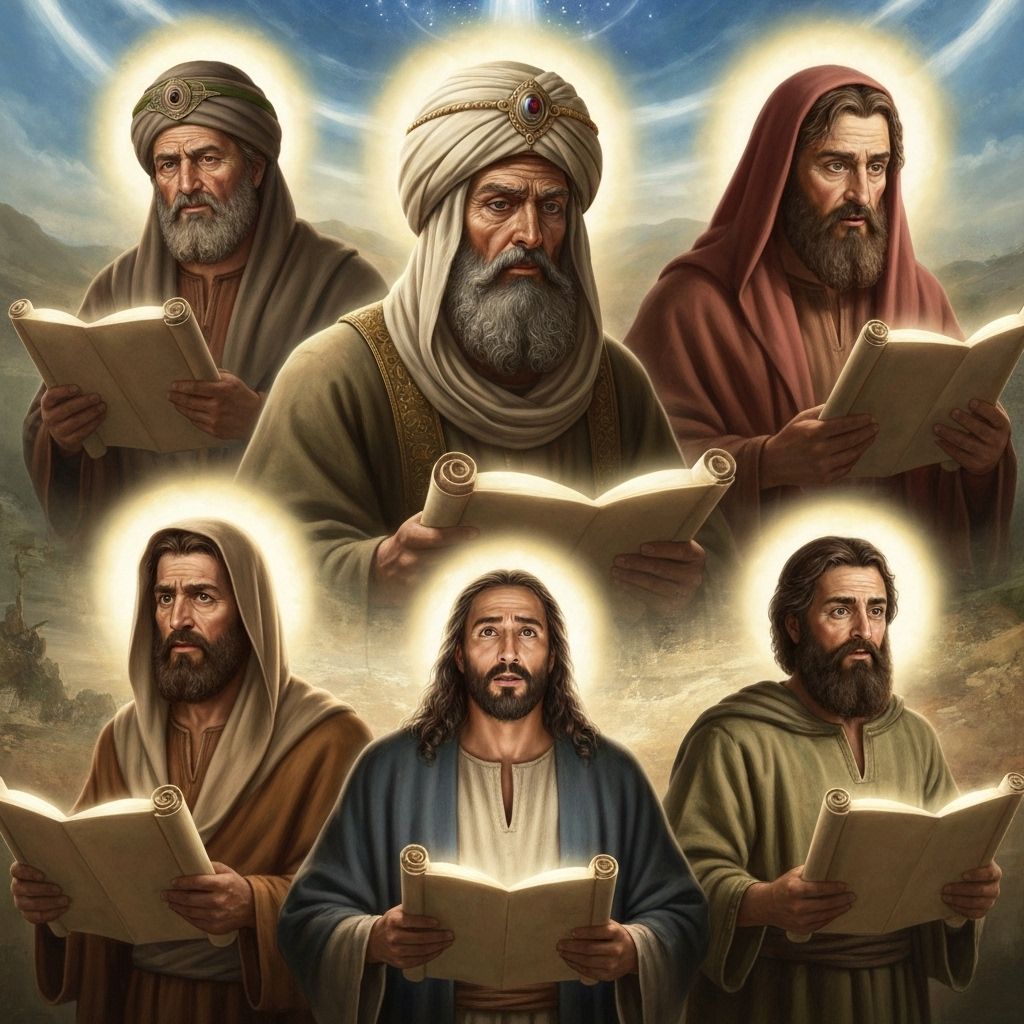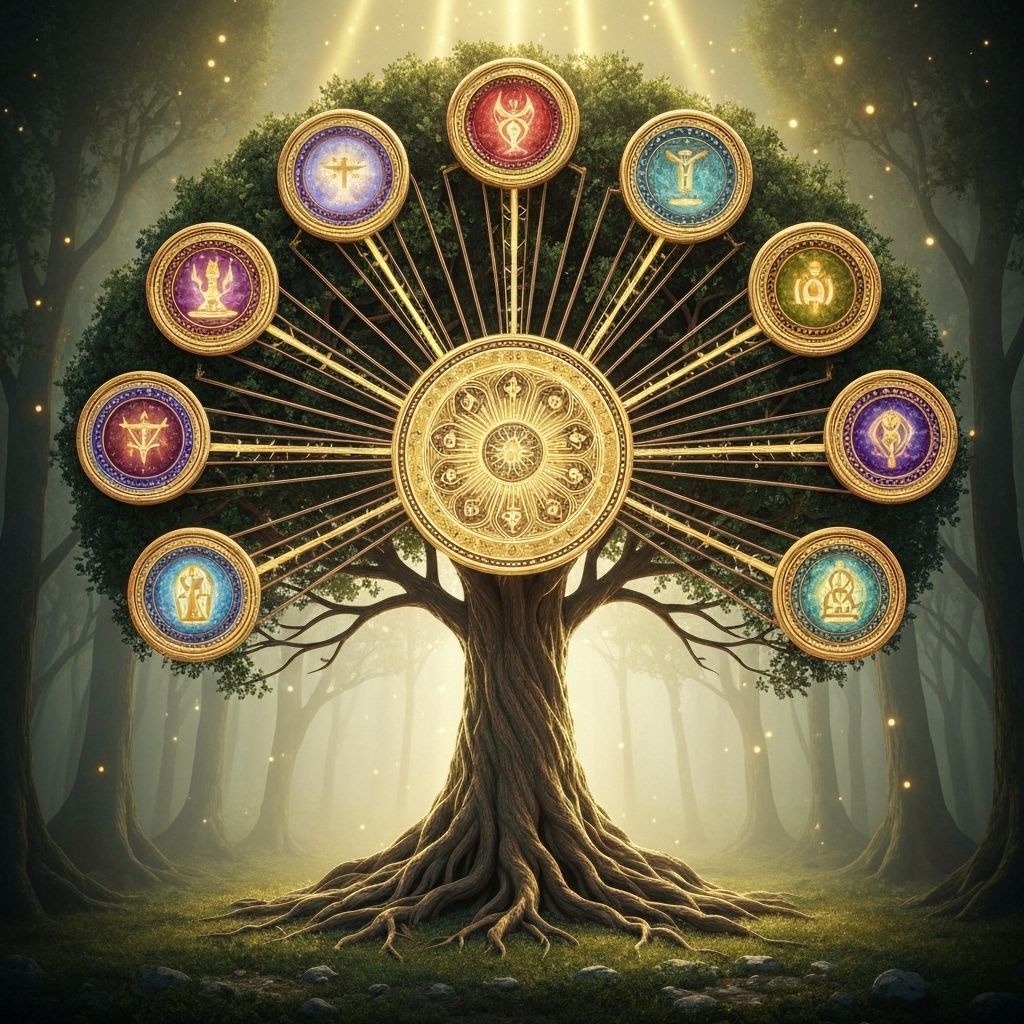3-Minute Summary
The Words of the Torah Explained with Help from Rashi and Ramban
Rashi (1040-1105) was a medieval French rabbi whose commentary on the Torah and Talmud is considered essential reading. His explanations focus on the plain meaning of the text and are known for their clarity and accessibility.
Ramban (1194-1270) was a Spanish rabbi, physician, and philosopher who provided deeper mystical and philosophical insights into the Torah, often building upon Rashi's work while adding his own profound interpretations.
The parsha begins with the half-shekel census, establishing that each person has equal value regardless of wealth. The rich don't give more, the poor don't give less—each contributes the same half-shekel, teaching that human dignity is not measured by material possessions.
The census serves both practical and spiritual purposes: counting the people for organization while also emphasizing individual worth. The half-shekel becomes atonement money, showing that participation in communal life requires both contribution and atonement.
Moses' extended absence on the mountain tests the people's faith and patience. Without visible leadership, the people revert to visible idolatry, creating a golden calf as a tangible representation of divine presence they can control and manipulate.
Aaron's involvement in the golden calf incident reveals the danger of compromise in leadership. Initially resisting, he eventually participates in creating the idol, showing how well-intentioned leaders can be pressured into compromising their principles.
The people's declaration 'These are your gods, O Israel, who brought you up from the land of Egypt' represents a complete misunderstanding of divine transcendence. They attempt to reduce the infinite Hashem to a finite, controllable object.
Moses' smashing of the Tablets represents the shattering of the covenant relationship. The Tablets were written by divine finger and represented the unbreakable bond between Hashem and Israel, but human infidelity forces a reevaluation of that relationship.
Hashem's offer to destroy the people and start over with Moses demonstrates divine justice in response to betrayal. The people's sin was not just idolatry but a fundamental rejection of the covenant that defined their relationship with Hashem.
Moses' powerful intercession—reminding Hashem of His promises to Abraham, Isaac, and Jacob, and pleading for mercy—shows that human advocacy can influence divine decision-making. Moses stands as advocate for the very people who sinned against him.
The Levites' zealous response to Moses' call demonstrates true commitment to divine service. Their willingness to kill even family members for the sake of Hashem establishes the principle that loyalty to divine will transcends even the closest human relationships.
Moses' grinding of the golden calf and making the people drink it represents both punishment and purification. The idolaters consume their own sin, experiencing both the shame of their actions and the process of internal transformation.
Hashem's revelation of His glory to Moses, showing His back but not His face, represents the limits of human-divine relationship. We can experience divine effects but not divine essence; mercy but not complete comprehension.
The renewal of the covenant with new Tablets represents divine faithfulness despite human failure. Hashem rewrites the Torah, showing that His commitment to the relationship endures even when human commitment falters.
Moses' radiant face after encountering Hashem represents the transformative power of divine proximity. His need for a veil shows that unfiltered divine light can be overwhelming for human vessels.








